2014 Chevrolet Corvette Stingray Z51 Track Test

The C6 (sixth generation) Corvette holds a special place in my heart. Back in 2005 when it first hit showroom floors, my dad and I went for a test drive in one and we both immediately fell in love with the power delivery of its LS2 small block V8.
FAST FACTS
| Engine: 6.2L V8 makes 455 hp and 460 lb-ft of torque |
| Transmission: 7-speed manual with rev-matching |
| 0-60: 3.8-seconds |
| AG Track Lap Time: 1:18.872 |
| Max As Tested Track Speed: 115.8 MPH |
| Max As Tested Cornering G-force: 1.37 g |
| Max As Tested braking G-force: 1.15 g |
| Pricing: Starts at $53,800. As tested $71,080 |
Not long after, my dad sold his ’98 Camaro Z28 and bought himself a C6 Vette with the Z51 performance package. Pretty much the day he completed the recommended break-in mileage we headed to our favorite racetrack (Mosport).
Since then I’ve been lucky enough to pilot every version of the C6 around racetracks across North America, not to mention ride-alongs with Corvette Racing legend Ron Fellows in both a Pratt & Miller C6RS and a ZR1 at Spring Mountain Motorsports Ranch (where I’ve also completed the Ron Fellows Higher Performance Driving School in their fleet of Z06 Corvettes).
Safe to say, then, that I’m a bit of a Corvette fanboy, especially since my dad owned two C3 Corvettes (1968-1982) when I was a teenager and I actually competed in my very first autocross in one. So I’ll admit that the name Corvette means something to me. But I’m also the type of person who’s hardest on the ones I love most, so I was expecting nothing less than greatness from the all-new C7 Corvette Stingray.
Exotic Styling
Get the Flash Player to see this player.
To be honest, I wasn’t completely sold when I first saw pictures of the 2014 Corvette Stingray. It looked awfully busy to me, with all those hard lines and deep creases. And the Camaro-esque taillights and central quad exhaust pipes were a struggle for me at first, too.
But once I saw it in person, both the aggression and the subtlety of the exterior design really came to life. There’s a ton of interesting detail in the bodywork, its many lines and creases somehow merging into a cohesive and rather exotic whole. This car really reminds me more of a Ferrari than a Corvette, and perhaps that was the goal; to put a fresh and very modern face on a nameplate that is both iconic but also viewed by some as “an old man’s sports car.” Some may consider the new design too radical a departure from the smooth lines associated with Corvettes of old, but there’s certainly nothing “old man” about it.
Cover it in Velocity Yellow tintcoat, the very same shade of yellow used on the Corvette Racing GT race cars, paint-match the big Brembo 4-pot calipers, and bolt up the one-inch larger diameter Z51 wheels in Gloss Black and the overall affect becomes even bolder. So bold, in fact, that I literally had children chase me down the street, an elderly gentleman in a minivan ask if I wanted to trade rides, and a couple of 20-something dudes in a Honda shout “awesome car, dude!” at a stoplight.
Best…Interior…Ever!
For a Corvette, at least. And really, even measured against the excellent interiors of more expensive competitors like the Porsche 911 and Jaguar F-Type, the C7 more than holds its own. Every surface, at least with the 3LT trim package, is wrapped in high quality soft-touch materials, including a leather-wrapped dash and suede wrapped headliner and a-pillars. Our test mule was also equipped with the carbon fiber dash kit, which is made from real carbon fiber rather than some sort of cheesy faux imposter.
The much talked about seats are also a huge improvement over the previous generation, and thanks to the 3LT package our seats were both heated and ventilated as well as power-adjustable in every direction. Even the side bolsters and lumbar support are adjustable, so it was easy to find a comfortable and supportive seating position.
The steering wheel is racecar-small in diameter and beautifully contoured, plus it telescopes and tilts so that you can position it perfectly. Rarely am I able to get the steering wheel as close as I like for track driving, but in the C7 it’s no problem.
Technology For Days
The rest of the interior is really all about the onboard technology, which is something Corvette owners aren’t used to having much of. There are two eight-inch high definition screens, one in the center of the gauge cluster and the other in the usual central dash position for infotainment purposes.
It’s a bit odd seeing analog needle gauges on either side of the HD gauge screen, but the quality of the graphics and the ease with which you can customize this display more than make up for it. I was especially impressed by the amount of useful performance data that is prioritized on-screen and in the heads-up display when you put the driver select mode into Sport or Track (the other modes are Weather, Economy, and Touring, all with self-evident uses).
Since we were at the track, I immediately turned the dial to Track mode, where the rev counter switches from a traditional circular gauge to a racecar-esque sweeping bar counter with shift lights. Below that you can choose from a whole host of display options including a traction circle (showing g-forces in both axis), a lap timer, or even tire temperatures. There’s nothing new about onboard tire pressure data, but having tire temperature data was both surprising and extremely useful when out on track, since I could quickly and easily tell if I was overusing any of the contact patches.
The technology extravaganza isn’t limited to the interior, either. The Z51 package includes some world-class running gear including 3rd generation magnetic ride control dampers and an electronically controlled differential. Both of these, linked to Chevy’s highly tunable Performance Traction Management system, give you a huge amount of control over handling balance and power delivery. Add to that some very sticky Michelin Pilot Super Sport summer tires that have been specifically tuned for the C7 (as indicated by the ZP designation on the tire), and on paper it really does look like it should give machines like the Porsche 911 and Jaguar F-Type everything they can handle around a racetrack.
The Proof Is In The Lap Times
Out on our test track, this all-new Vette has a completely different character than the C6. Gone is the sensation that the rear axle isn’t clearly linked to the front, and in its place is a wonderful sense of connection and balance, even when driven well beyond the limits of adhesion. Even with stability and traction control turned off, the tuning of the Z51 suspension is absolutely spot on and dialed in, as evidenced by the tire temperatures being identical at all four corners across a spirited 5-lap session.
This is a machine that truly inspires confidence at the limit and encourages you to drive it hard without fear of sudden and potentially expensive snap-oversteer. There’s no question a big part of the C7’s inherent goodness around the race track comes from its stiff aluminum chassis and adaptive motion control via those high-tech magnetic dampers, but the electronically controlled differential is a game changer, too.
With lockup characteristics adapting instantaneously based on data points including yaw angle, steering input, throttle position, and wheel speed, the sensation of rear grip and stability the e-diff provides really does elevate the Corvette to a whole new level of performance. And just as importantly, all of its performance is now more accessible than ever, precisely because of how adaptive and responsive it has become.
SEE ALSO: Fastest Lap Times at the AutoGuide Test Track
You’d think that the Vette’s good old-fashion manual gearbox might prove to be its Achilles heel, given that so many of today’s sports cars are equipped with automated dual-clutch transmissions that provide impossibly quick shifts. That said, the C7’s 7-speed is a vast improvement over the C6’s 6-speed, delivering quicker and more precise shifts that require less effort, and with rev-matching (oddly turned on/off by steering wheel mounted paddle “shifters”) even heel & toe neophytes can enjoy perfectly synchronized downshifts.
The LT1 V8, on the other hand, is the opposite of an Achilles heel, because it’s an absolute torque monster, pumping out 460 lb-ft of torque at 4,600 RPM. Thanks to direct injection and variable valve timing, this pushrod masterpiece also has an extremely lively top end, producing 455 hp at 6,000 RPM. Oh, and do opt for the dual-mode exhaust, because it sounds absolutely spectacular in Sport or Track mode.
Having turned a few laps for the video crew, I already knew it was seriously fast, not to mention a ton of fun to hoon around in. I thought it might give the 911 Carrera 4S I track tested last year a run for its money (which posted a best lap of 1:19.6), but when I saw a 1:19.5 on my very first timed lap, I knew our track record set in an Audi R8 V10 Plus (at 1:18.4) just might be within reach.
I always limit myself to three timed laps in these tests, both for consistency’s sake and because street tires and street brake typically can’t take more than that before they really start to fade badly. The Corvette’s Michelins and one-inch larger diameter Z51 front brakes showed no signs of tiring by the end of my third lap, which resulted in a 1:18.8, less than a half second off the record. So close!
The Verdict:
A greedier man might have done another lap, pushing just a bit harder for the track record, but I chose to cool her down and revel in the fact that a $70,000 sports car just came within a whisker of the track record held by a nearly $200,000 sports car, not to mention besting that other iconic sports car’s time (you know, the one that starts with a P) in the process.
The Corvette has always been a bang-for-the-buck champion, thanks to its potent V8 and lightweight chassis. If you want to go fast for $50-75 grand, it’s always been tough to beat. But there have always been compromises that came with it – a low rent interior, a harsh ride, and a lack of connection between the front and rear axles.
The C7 Corvette, though (at least in Z51 and 3LT trim), hasn’t just addressed those compromises; it’s crushed them. And it’s crushed the competition in the process.
LOVE IT
- Technology that enhances the driving experience on and off the racetrack
- An interior that truly rivals the best in class
- Bold, hard-edged styling that turns heads of all ages
- Bulletproof track-day performance with the Z51 package
LEAVE IT
- Electric door releases, electric e-brake, and electric glovebox frustrating at times
- Easy to accidently turn off rev-match feature during spirited driving

Some say he's closely related to Bigfoot and that he's a former Canadian Touring Car Champion. All we know is he's the AutoGuide Stig! A thesis defense away from being your intellectual superior he's a professor of vehicle handling dynamics. The part-time touring car and time attack racer is faster (much faster) than your average auto journalist.
More by Dave Pratte














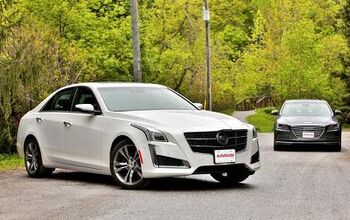
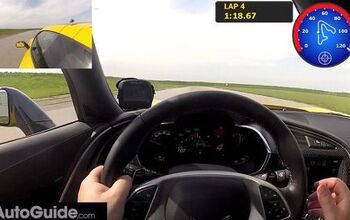

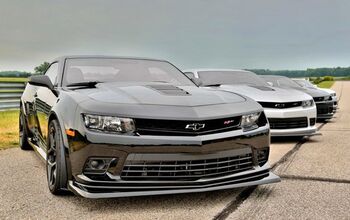
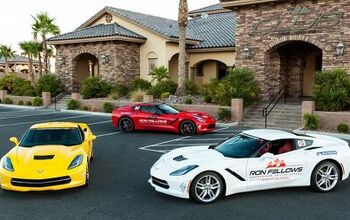

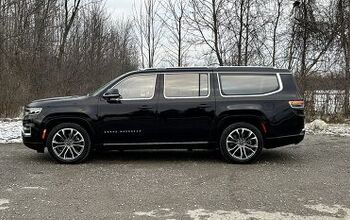

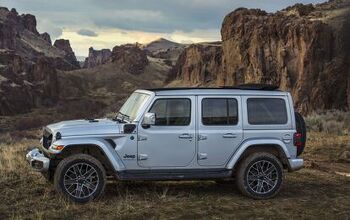

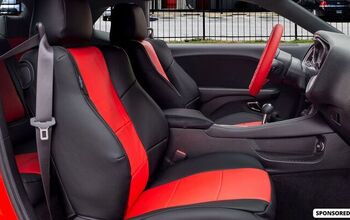

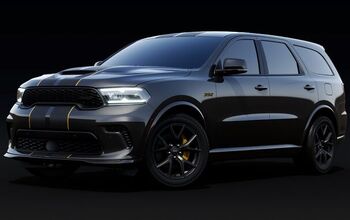

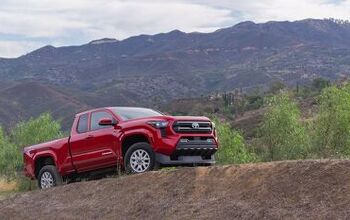
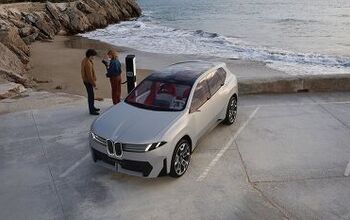
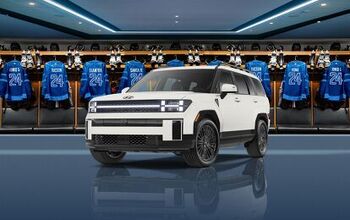
Comments
Join the conversation